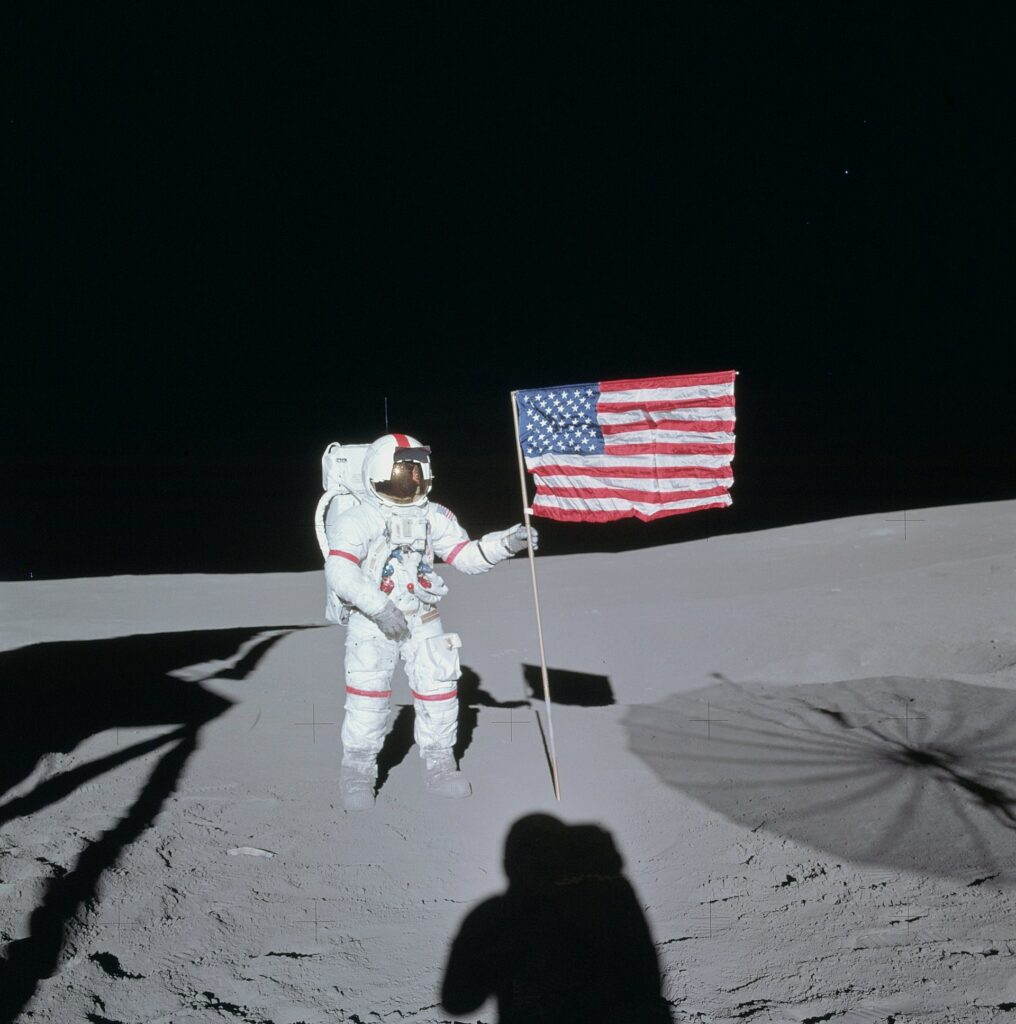February 6, 1971, marked a historic moment in space exploration when American astronaut Alan Shepard made golfing history. During Apollo 14's mission to the moon, Shepard became the first person ever to hit a golf ball on another celestial body. Here's what you need to know about this iconic feat.
Background of Apollo 14 Mission
Led by commander Alan Shepard and lunar module pilot Edgar Mitchell, Apollo 14 was NASA's third crewed mission to the moon with the goal of exploring the Fra Mauro highlands region of the moon. The mission began with a launch from Kennedy Space Center on January 31 and lasted approximately nine days, with our astronauts finally returning safely to Earth on February 9.
A Historic First
Apollo 14 is remembered for many reasons – most famously as being the first time American astronauts traveled beyond low earth orbit and landed on the surface of another celestial body. However, there is one particular moment in which Alan Shepard stands out amongst his colleagues – hitting a golf ball from the lunar surface.
The entirety of mankind had never attempted such an endeavor until that day, but it was quickly accomplished as Shepard made a successful swing (albeit not as calculated as he may have wanted) off of two six iron clubs – marking yet another historic milestone for space exploration!
What Happened After?
After successfully completing his "lunar tee shot," Shepard went about exploring more of Fra Mauro Base during his 3-hour extravehicular activity (EVA). He also collected around 100 pounds worth of samples from this area during his trek – demonstrating just how much information can be gathered while conducting research on other worlds!
How did it Impact Future Missions?
Though Apollo 14 did not produce any groundbreaking scientific discoveries or technological advances, it still provided invaluable experience that helped pave the way for future missions like Apollo 17 – which was launched shortly after and greatly expanded upon our knowledge of the moon's surface features!
Alan's "golf shot" stands today as a testament to human ingenuity and courage, providing inspiration enough for future generations of scientists and astronauts looking to push boundaries and explore deeper into our universe than we have ever gone before!

